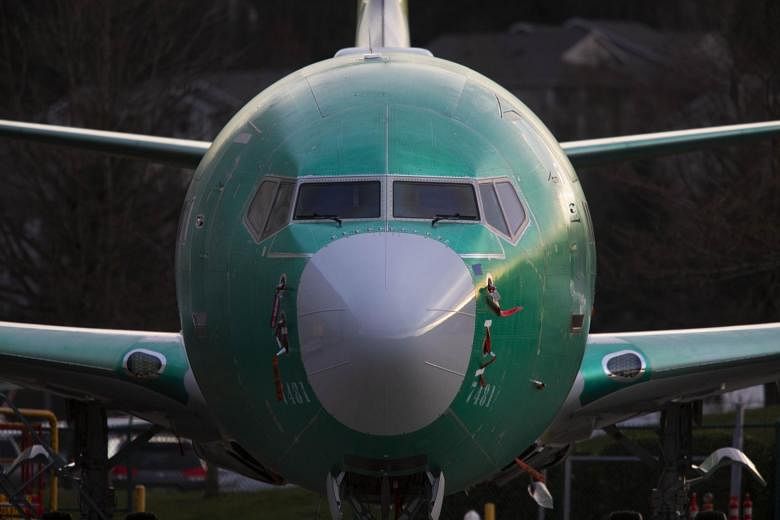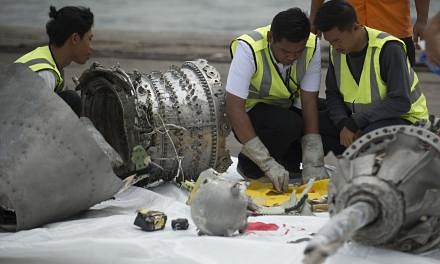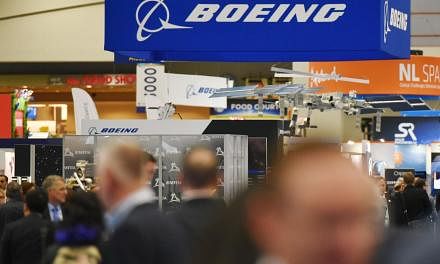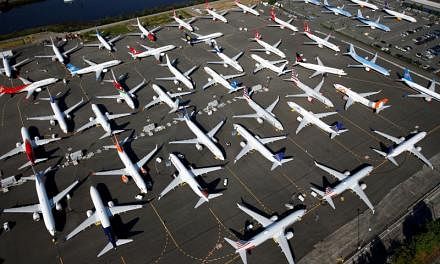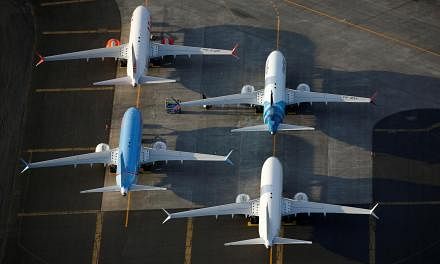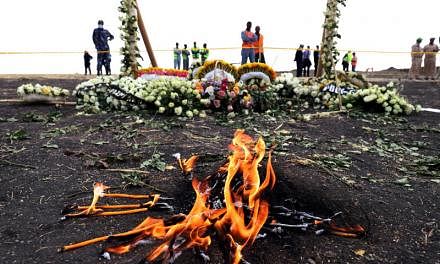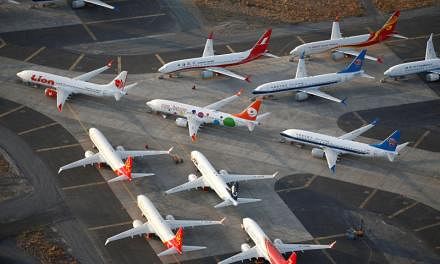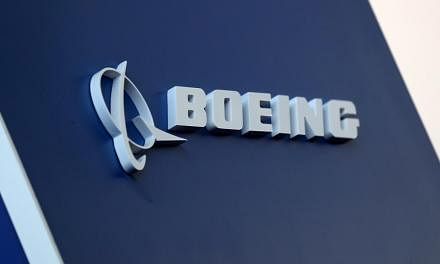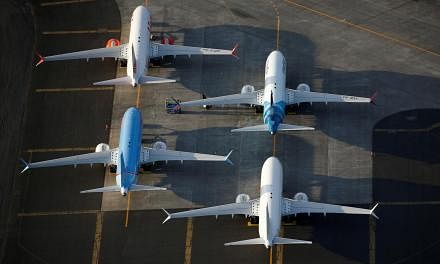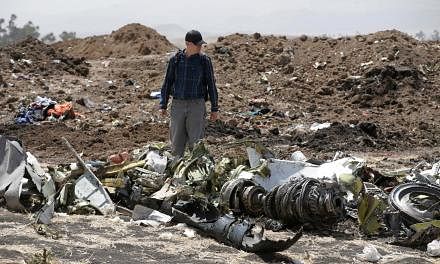WASHINGTON (NYTIMES) - During flight simulations recreating the problems with the doomed Lion Air plane, pilots discovered that they had less than 40 seconds to override an automated system on Boeing's new jets and avert disaster.
The pilots tested a crisis situation similar to what investigators suspect went wrong in the Lion Air crash in Indonesia last year. In the tests, a single sensor failed, triggering software designed to help prevent a stall.
Once that happened, the pilots had just moments to disengage the system and avoid an unrecoverable nose dive of the Boeing 737 Max, according to two people involved in the testing in recent days.
Although the investigations are continuing, the automated system, known as MCAS, is a focus of authorities trying to determine what went wrong in the Lion Air disaster in October and the Ethiopian Airlines crash of the same Boeing model this month.
The software, as originally designed and explained, left little room for error. Those involved in the testing had not fully understood just how powerful the system was until they flew the plane on a 737 Max simulator, according to the two people.
In a tacit acknowledgement of the system's problems, Boeing is expected to propose a software update that would give pilots more control over the system and make it less likely to trigger erroneously, according to three people, who spoke on the condition of anonymity to describe the private meetings.
There are common procedures in place to counteract MCAS, as currently designed. If the system starts pushing the plane's nose down, pilots can reverse the movement via a switch at their left thumb, a typical reaction in that situation.
To fully neutralise the system, pilots would need to flip two more switches. That would shut off the electricity to a motor that allows the system to push the plane towards the ground. Then the pilots would need to crank a wheel to correct whatever problems had emerged.
In the Lion Air crash, pilots used the left-thumb switch more than two dozen times to try to override the system. The system kept engaging nonetheless, most likely because of bad readings from a sensor, until the plane crashed into the Java Sea, killing all 189 people on board.
The software changes require approval by the Federal Aviation Administration.
